Are you in a desperate search of finding the most critical elements of filmmaking before you start shooting your next movie? Well, you are at the right spot! We have prepared this comprehensive guide to everything you need to know about what makes a good movie.
Images and sound, which we can capture with a camera and a microphone, are the most core elements of the film. Consider this: while you’re watching a movie in a theater, all you know about a character, the plot, the mood, and the ideas of the film are conveyed entirely through sound and images. We can’t capture people reacting, making decisions, and taking action as they struggle and seek to achieve something with our camera and microphone, but we can record characters reacting, making decisions, and taking action as they struggle and strive to achieve something. We learn who these actors are, how they’re feeling, what they’re wanting, and what it all means by their actions.
Dramatization is based on the notion of changing what is ambiguous and internal into a succession of visible and audible gestures, actions, and events.
The next stage is to develop your original idea into a compelling story. It’s crucial to understand the basic features of a compelling narrative before making this step.
5 Most Critical Elements of Filmmaking
There are various elements that you should consider while making a film. Here is a list of the 5 most critical elements of filmmaking to make your filmmaking experience more enriched!
1. A major character
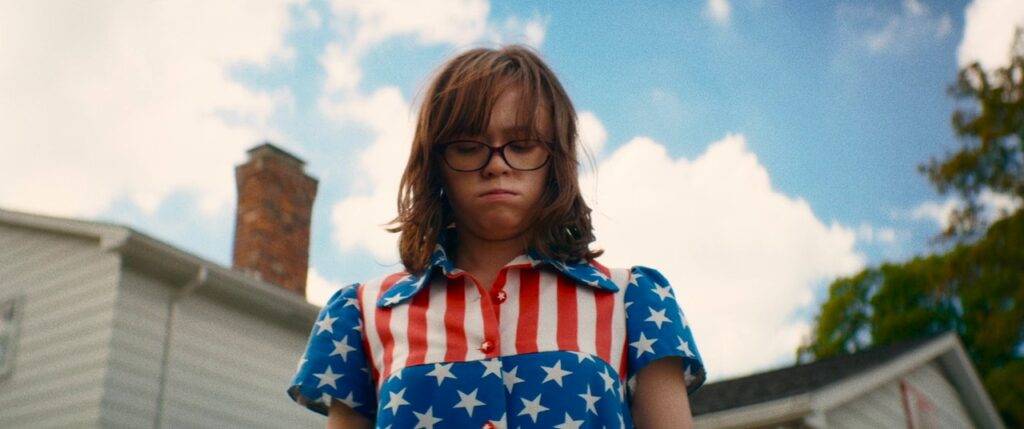
The aim of various characters dictates the course of events and is the key to understanding the characters and their conduct. We are fascinated with creating heroes we can search for, adore, and care about, whose wins we value and whose misfortunes we despise.
Creating a memorable, relatable, and desired hero and establishing his or her face as a merciless, cruel, and unforgiving attitude against antagonists are the most typical methods for numerous outstanding stories. It is an unbreakable widespread habit in cinema characterization. It’s not simply about the protagonist of a tale with a specific goal.
Additionally, the other main characters have their own desires as well. You must include a well-balanced and intriguing cast of supporting characters. As a result, accurate characterization is one of the most important aspects of a film.
One frequent method is to develop a primary character that the audience can identify with, connect with, or at least sympathize with, someone who displays very human desires, demands, talents, flaws, and some admirable traits as well, such as being fair, bold, generous, or fighting up for what is right; a figure with whom audiences can connect, empathize, or at the very least sympathize. This is what a sympathetic character is considered.
Nevertheless, it is not important that the main character is likeable. You may easily engage an audience with an unfriendly, disagreeable, mean, disgusting, or even repulsive persona if that individual provides a glimpse of something fascinating, exciting, and entertaining (even if unsavoury) to observe. Frequent references term this kind of character as an antipathetic character, but you can simply label them as unlikeable, and let me tell you, they can be incredibly entertaining to watch.
2. The Core Problem, Conflict, and Action
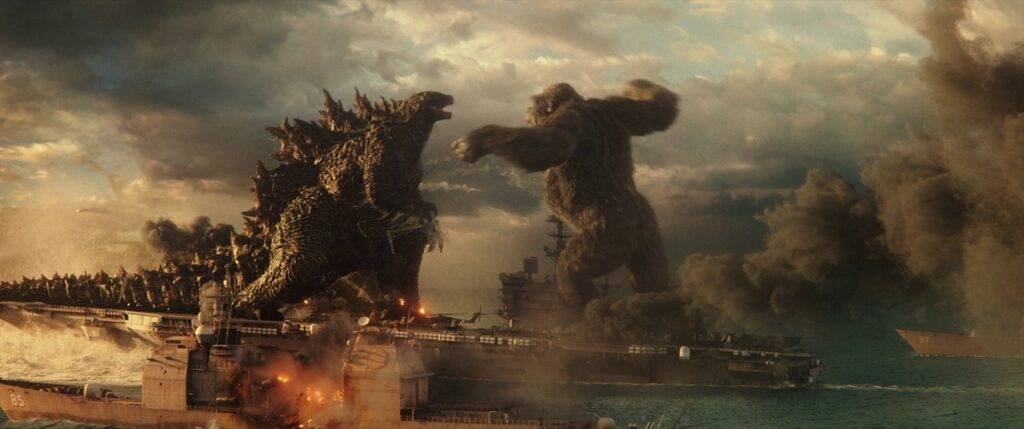
It is one of the most critical elements of filmmaking. In a tragic narrative film, a character finds themselves in a dramatic situation that clearly affects them and spurs them into action. Moreover, the presence of conflict in their lives or the requirement for the character to complete a task or gain something that requires negotiating hurdles and conflict almost always triggers this circumstance.
A unique primary dramatic question develops from the natural process between a specific character in a specific dramatic scenario. The dramatic question is frequently centred on a goal: Will he get the girl? Will she be hired? Is it possible for her to depart without losing her father’s love? Is he able to follow directions while staying faithful to his principles? A straight purpose is not always necessary, especially in short films; we can construct dramatic questions around an enigma, such as: Why is he behaving so unpredictably?
What gives her such sway over him? What kind of person is this? No matter how it’s presented, the dramatic question functions as the central point of the film’s story, and all the other characters and events strive to heighten that conflict, mystery, or idea.
- Also Read- Using Magic Mask To Remove Background In Davinci Resolve
- Also Read- How to Reverse a Clip in DaVinci Resolve( Plus A Smooth Reverse Effect)
- Also Read- Move Premiere Pro Timeline to Davinci Resolve (XML Workflow)
Importance of Conflict
The conflict appears to be a crucial component of any effective dramatic production on stage or film. We don’t have a tale that will keep the audience’s attention if there is no tension. Conflict is the driving force that propels one tale ahead. It gives the tale its strength and drive. Moreover, the listener is uninterested in the events displayed on the screen if there is no conflict. Without tension, no cinematic tale can come to life. Any film’s bread and butter is its conflict.
The more audiences you can involve in your characters’ clashing circumstances, the more issues you can create for them and conquer one by one, and the more successful your narrative will be.
The first step in writing a strong dramatic story is to recognize that the character’s reaction to a conflict situation—their actions, choices, attitude, and what they do or don’t do—reveals who they are to the viewer while simultaneously moving the plot ahead. This is what it means to exaggerate a narrative; this is the motor at the heart of every drama.
The core problem or conflict are the main elements of a film that add spice to the film or even an objective.
Drama’s ultimate purpose is to create a story that shall communicate itself, allowing an audience to grasp character, story, and conceptual meaning just by watching a character deal with a challenge. Additionally, to broadcast who your characters are, what’s going on within them, what they’re feeling, what really is going on, or even the end meaning of the picture, you shouldn’t need to create convenient methods like an instructional voice-over or overly verbose dialogue. The audience’s comprehension is based on what they see rather than what they are told.
3. Act, Growth, and Change
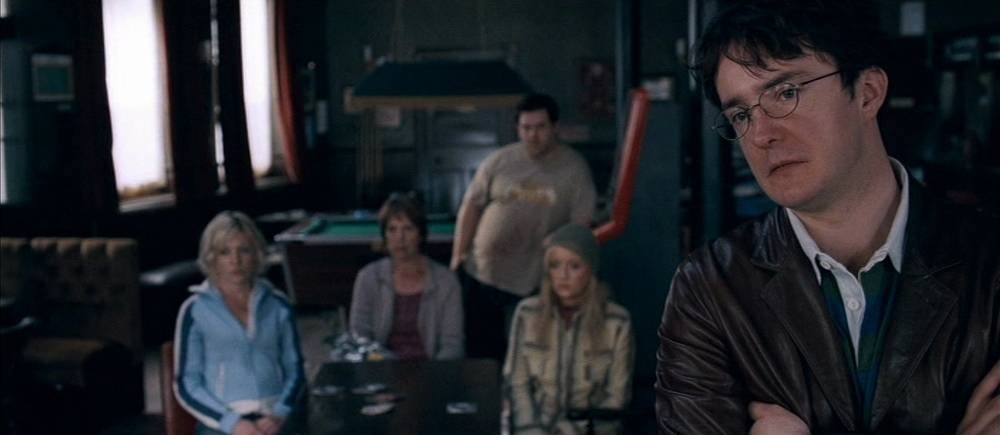
Characters demonstrate themselves through their actions and decisions. However, it’s important to understand that actions have the power to initiate changes in the plot. And, consequently, steer the direction of the film. To put it simply, by strategically adjusting our main character’s choices as the film unfolds, we can craft a dynamic plot.
Any story must have the dynamic of change and development through time to avoid feeling monotonous, one-dimensional, and obvious. Change and growth provide a story’s pace and direction. Additionally, it allows the story to disclose different aspects of your character and even transform them at the end.
Character transformation can occur as a result of a discovery, an achievement, an encounter, an awakening, or a traumatic experience. Whatever the case may be, the main character is not the same at the finish of a film as they were at the start. Or if the character remains pretty static, it is the viewer’s understanding of that character that is not the same.
“There should be a beginning, a middle, and an end to every tale, but not necessarily in that sequence.” This fantastic comment from Jean-Luc Godard is possibly the simplest way to grasp the significance of structure. Furthermore, the delights of structure in the film are more vivid and powerful than any other form’s descriptions.
4. What’s at Risk
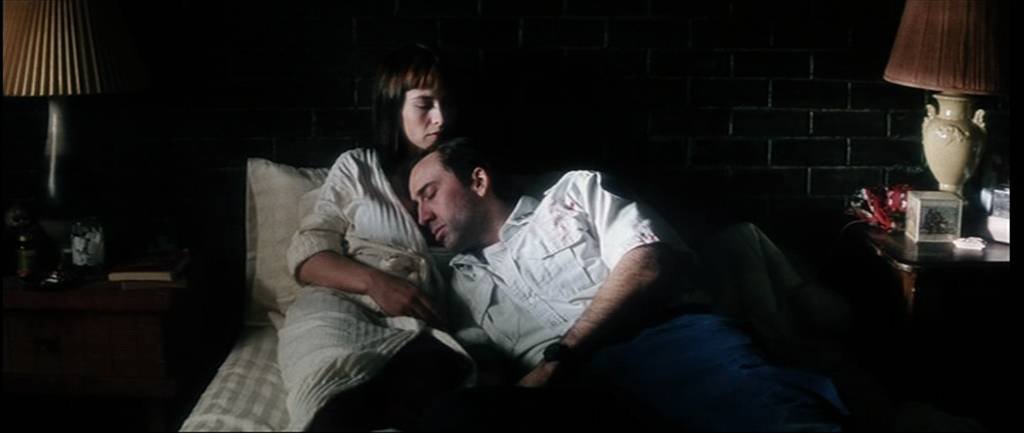
“Main dramatic topic” and “conflict” sound huge, yet nuanced tensions captivate as much with a skilled narrator. Of course, stories about livelihood hardships or James Bond-style tragedy plots are enthralling. But if you can genuinely express not just the conflict, but the personal importance of the results for the central character (i.e. what’s at risk), then practically any story can become mesmerizing, even if the situation is minor in the great scale of things.
This tells us that the emotional stakes involved for our lead character in this story are more important than the extent or gravity of the conflict. Being explicit about what the character gains, wins, or discovers is crucial. Also, consider the character’s changes by the film’s end.
5. Resolution
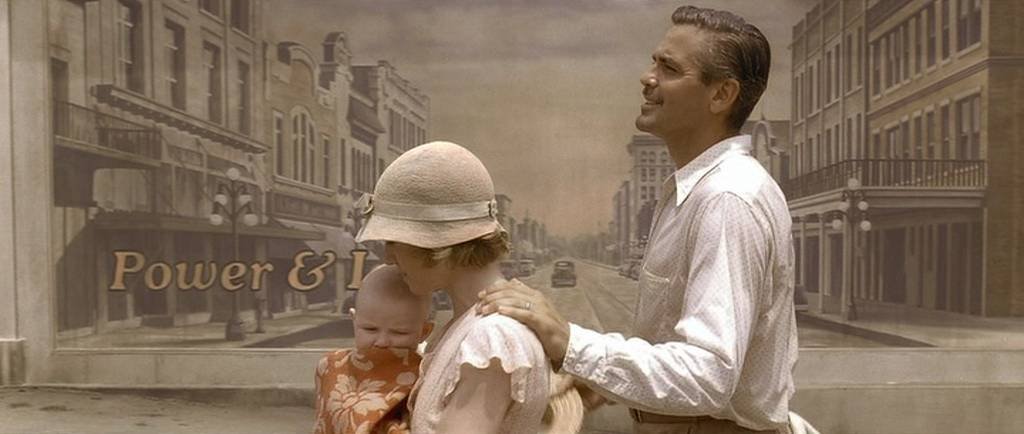
The element of filmmaking you have been waiting for!
All of the narrative action in any film leads to a finale of some form. Even if the viewer understands the character’s post-movie life continues, this indicates your built dramatic scenario is resolved. This answers the major question present. Your key character’s resolution might be positive or bad. You can have ironic endings, Moral victory wins, unexpected outcomes, comic twists, realizations, or any other type of finish that answers the problems you’ve posed.
However, beyond merely concluding your story, the character of your resolution must be carefully studied. Not only do they develop from and respond to the dramatic circumstance, but the manner you end your film is an important component of the overall meaning of your film.
To achieve a fitting resolution, focus on the narrative’s point (character/conflict/action) and its thematic significance. Determine the culmination. Moreover, this final meaning can be as broad as a global topic or as specific as a witty satirical remark. Is your film a metaphor with a wide moral message? Is it a thriller with an unexpectedly dramatic twist? Whether is it a peep into the life of a one-of-a-kind person?
Knowing the desired viewer influence and memory triggers guides content organization. This leads to a structured narrative and optimal story ending.
But keep this in mind before writing your first film!
It’s vital that you make very specific decisions when building a protagonist and a dramatic premise. Specific acts, a crisp narrative line, and a well-defined ending will not emerge from ambiguous settings or imprecise individuals.
Despite being based on the same fundamental concept, each of these precise selections will result in a totally different story. As a result, when transitioning from a hazy idea to a picture story, you must define those exact features. These features create the unique movie you want to make.
Remember, filmmaking is about bringing together these elements in a harmonious symphony to create a cinematic masterpiece! We hope that you are now clear with all the critical elements of filmmaking!





